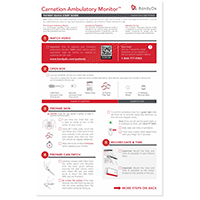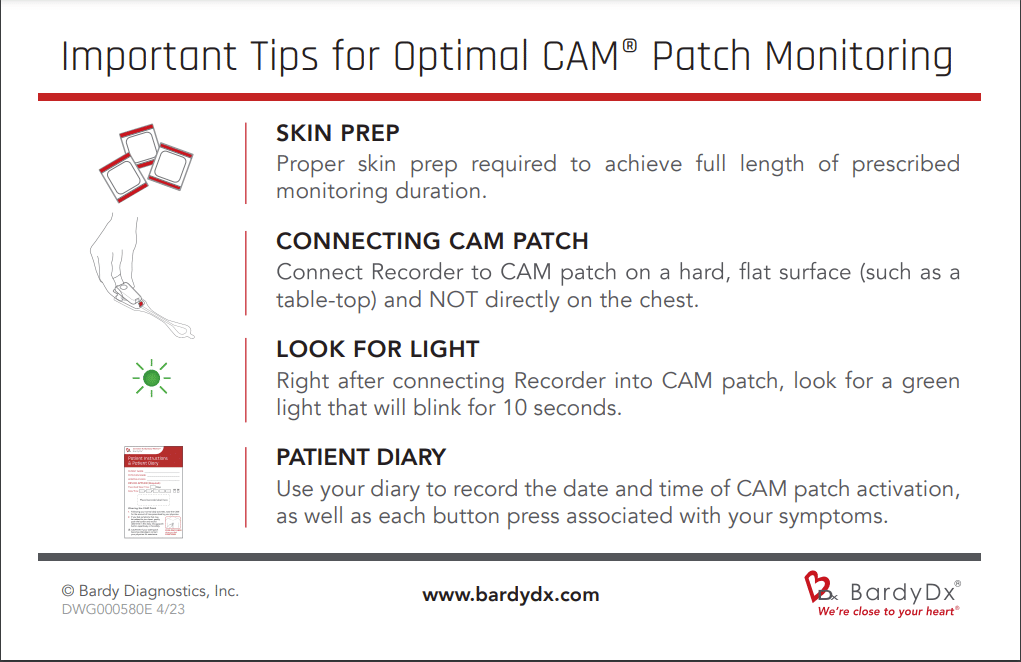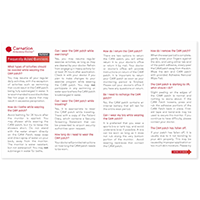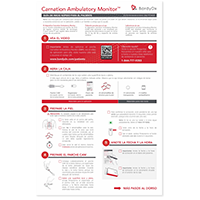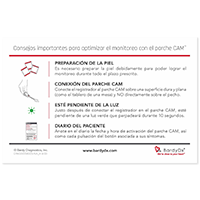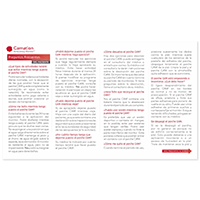Patients
Your heart monitor is the key to helping your doctor help you
Feeling an irregularity in your heartbeat is a scary experience – but patch monitors can aid your doctor in diagnosis.1 Your CAM Patch heart monitor is a lightweight,1 wire-free monitoring device that continuously records every heartbeat and enables you to note when you feel symptoms. Your doctor is able to take a closer look at the rhythm of your heart during regular daily activity.

